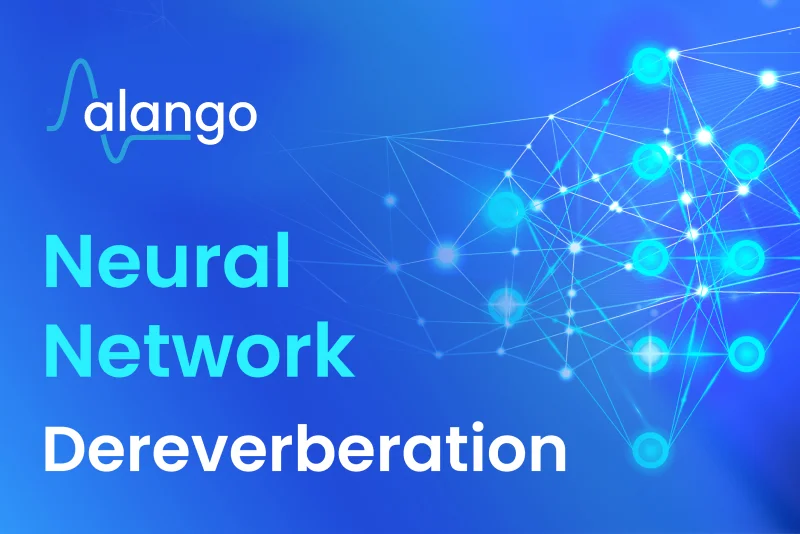|
|
 |
|
Alango has achieved remarkable results with its groundbreaking Neural Network Dereverberation technology, ushering in an elevated standard of clarity for people using speakerphones and hearing aids. When speech is captured within enclosed spaces such as conference rooms, classrooms, or hallways, the resultant signal encompasses a summation of all the reflected sound signals. These signals experience delays and attenuation as they traverse indirect paths with multiple reflections to reach the microphone. This phenomenon and the associated sound distortion are referred to as reverberation. Reverberation undermines voice call clarity and intelligibility stressing listener’s ears and requiring additional mental efforts to keep the conversation. Consequently, dereverberation technology holds a central role in Alango's objectives, particularly given our prominent position in the realm of conference speakerphones and hearing amplification. Reverberation is especially pronounced in conference rooms with reflective surfaces like hard walls and other non-absorbing furnishings. Illustration of speech acquired by a speakerphone inside a reverberant room with ambient noise Classical DSP-based dereverberation, as manifested in our present-generation voice communication solutions – VCP and eVCP, stands out as a robust and proven technique for diminishing the effects of reverberation. However, when room reverberation time becomes long, this classical audio signal processing approach does come with inherent limitations due to their inability to differentiate between consecutive phonemes when they are smeared by the reverberation and overlap with each other. Classical algorithms will consider such merged phones as either one entity and not clean it or as noise and suppress it. To effectively counter long-lasting reverberation, we have developed a Deep Learning Neural Network Dereverberation algorithm. To be practical, we limited ourselves to a relatively small, convolutional network that can easily run on low cost, low power MCU, MPU or DSP. This technology utilizes a single microphone and can be incorporated as part of our package or used independently if the developer chooses to implement it alongside their existing voice processing. In the section below, we provide audio examples showcasing the performance of our prototype deep learning dereverberation algorithm.
Use control buttons on the interactive screenshots to play/stop/navigate |
|
UNPROCESSED (RAW) SIGNAL,
reverberant |
PROCESSED SIGNAL,
after NN dereverberation |
|
UNPROCESSED (RAW) SIGNAL,
reverberant |
PROCESSED SIGNAL,
after NN dereverberation |
|
UNPROCESSED (RAW) SIGNAL,
reverberant |
PROCESSED SIGNAL,
after NN dereverberation |
|
UNPROCESSED (RAW) SIGNAL,
reverberant |
PROCESSED SIGNAL,
after NN dereverberation |
|
Deep Learning for Better Hearing:
How AI can reduce Reverberation in Hearing Aids |
This innovative approach will soon be integrated into VCP and eVCP packages and delivered to our selected customers. We are enthusiastic about sharing our progress, as we are confident in the significant improvements it will yield, particularly in more challenging scenarios.
PRODUCTS → Extended Voice Communication Package (eVCP) |

